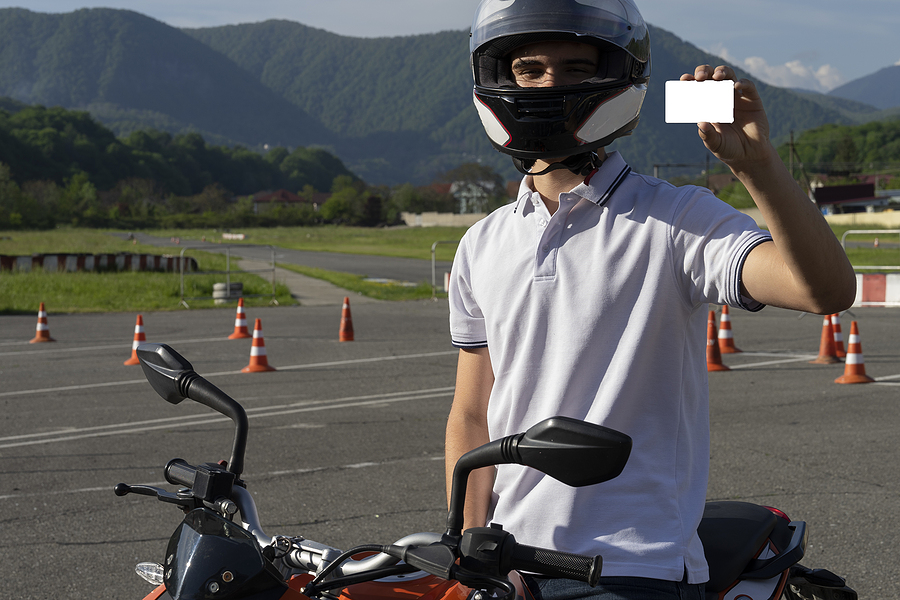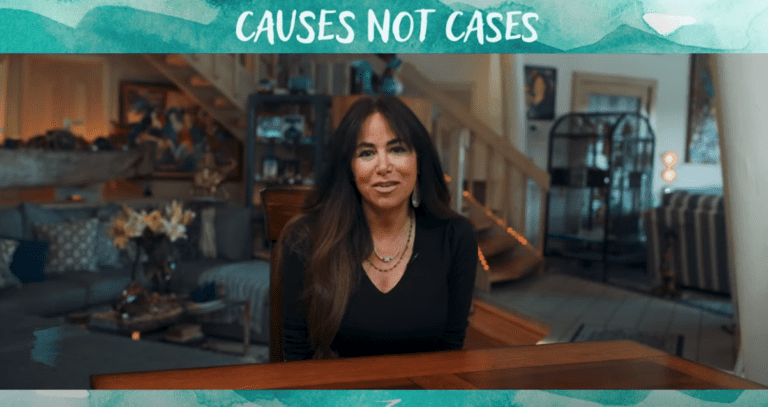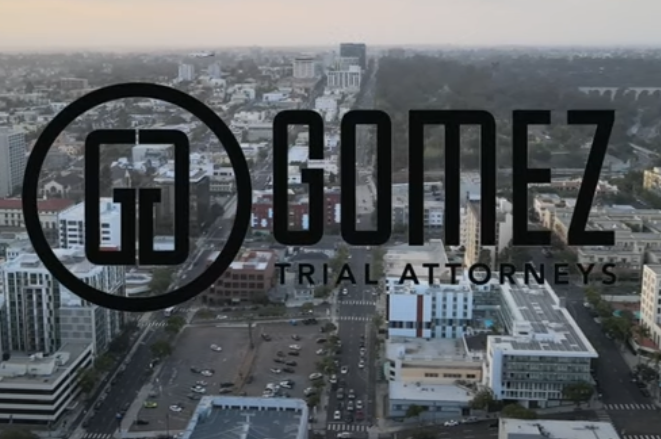
You can legally drive a motorcycle in California at age 15 and a half with a learner’s permit, but you cannot get your motorcycle until age 16. You should also know that if you are under 21, you have to fulfill more requirements to obtain your motorcycle license. For example, you must complete a motorcycle safety class before the California Department of Motor Vehicles (DMV) issues you a motorcycle license.
Below, we take a closer look at the different types of motorcycle licenses in California, the requirements for minors to get a motorcycle license, and the steps you must take to apply for your license.
Injured in an accident? Get a real trial lawyer. Get Gomez.
[lwptoc]
Types of Motorcycle Licenses for California Riders
You can legally operate a motorcycle in California with three different licenses. Technically, one type of license is the basic Class C driver’s license that everyone gets to drive a car, and the other two are motorcycle specific. The license you need depends on the type of motorcycle you want to ride.
Class C Driver’s License
Your basic California driver’s license permits you to ride a motorcycle with a sidecar, a three-wheel motorcycle, and a motorized scooter. You must go through the standard process of getting your license, including taking an approved driver’s education course, a written skilled test, and a driving test in your vehicle.
Motorized scooters do not go very fast, and they are only legal on bike paths and other trails. Three-wheel motorcycles and sidecar-equipped bikes are difficult to tip over and do not require additional training for holding a motorcycle license.
M1 Motorcycle License
California residents who choose to get a motorcycle license typically apply for an M1 license. This is the standard motorcycle endorsement that permits riders to drive most types of bikes on California roads.
M1 license holders can ride:
- Motorcycles with more than a 150cc engine
- Motorized bicycles and mopeds with engines smaller than 150cc or electric motors
- Motorized scooters with floorboards and handlebars
- Motorcycles legal to ride with a Class C and an M1 license
M2 Motorcycle License
You can think of California’s M2 motorcycle license as a moped license. If you intend to ride a small motorcycle with less than a 150cc engine, moped, or another type of motorized bicycle, you only need an M2 license. However, if you think you might upgrade to a larger motorcycle in the future, it’s worth your effort to go ahead and get the M1.
Requirements for Minors to Get a Motorcycle License
If you are anxiously awaiting your motorcycle license or intend to help your child get their license, you need to know the requirements. Those over age 21 have the option to skip a few steps to get an M1 or M2 motorcycle license. You cannot skip any steps if you want to be street legal as soon as possible. The requirements differ slightly once someone reaches age 18, but generally, those under 21 have additional requirements to get a California motorcycle license. Requirements include:
Getting Your California Class C Driver’s License
If you are under age 17 and a half, you must obtain your driver’s license before getting your motorcycle license. California requires teens to take drivers’ education and behind-the-wheel training to apply for a drivers’ license. Additionally, you must pass a written test and a road test. You can apply for a motorcycle permit before getting your license, but you must prove that you completed Drivers’ Ed. and driver training. Certificates of completion for training allow you to take steps towards getting your motorcycle license.
Taking a Motorcycle Safety Course
The most significant difference between getting a motorcycle license before you or your child turns 21 is the mandatory Motorcyclist Training Course (MTC), part of the California Motorcyclist Safety Program. Those over 21 do not have to take an MTC, but the state and insurance companies strongly recommend the class.
The class consisted of five hours of classroom learning couples with 10 hours of behind-the-wheel instruction. If you are under 21, you must prove that you completed the MTC to get your motorcycle permit. As a bonus, the class substitutes for your motorcycle skills test. Even those over age 21 who take an MTC do not have to take the motorcycle skills test to get their motorcycle license.
Motorcycle skills you learn in the safety course or need to demonstrate in a skills test include:
- A pre-trip inspection where you must identify the major parts of your motorcycle, such as the starter, throttle, kill switch, and turn signals. You must also identify your clutch and gear selector if your bike has a clutch.
- A serpentine ride that involves weaving through five traffic cones set up in a straight line.
- A circle ride where you drive your motorcycle clockwise in a circle while keeping your front wheel within the designated track.
- A slow ride between parallel rides to demonstrate you won’t tip over your bike when stopping and going in traffic.
- A gear shift ride to demonstrate you can switch between gears smoothly and safely while riding.
Apply for a Motorcycle Permit
Once you are ready to get your permit, you need to contact your local Department of Motor Vehicles (DMV) to make an appointment to get your motorcycle instruction and learner’s permit.
Arrive on time for your appointment and provide:
- A completed California Driver’s License Application that your parents must sign if you are under 18.
- A Certificate of Completion for the Motorcyclist Training Course (DL 389) if you are under age 21.
- Your legal name and Social Security Number (SSN).
- A thumbprint.
- A form of payment for the license application fee.
At your permit appointment, you will also have to pass a vision exam and have your picture taken by the DMV representative assisting you. Finally, you must take the knowledge test. The test for your motorcycle permit is 25 questions; you must have at least 21 correct answers. If you fail your test, you can take it two more times. If you are 18 or older, you can retake the test on the same day. If you are under 18, you must wait seven days before you can retake the knowledge test. Once you pass your test, the DMV will issue your motorcycle instruction permit. If you fail the test three times, you need to fill out a new application and pay the application fee again.
Motorcycle Permit Restrictions
California residents under 21 years old must hold their motorcycle learner’s permit for at least six months before they can apply for an M1 or M2 motorcycle license. During the time you have your permit, you must comply with some additional rules.
Under California law, when you hold an instructional permit for a motorcycle, you cannot drive:
- With any passengers on your motorcycle.
- On the freeway.
- At night.
Once you complete the requirements for your learner’s permit and have had your permit for at least six months, you can head to your local DMV office to apply for your motorcycle license.
Applying for Your M1 or M2 Motorcycle License
During your visit to a DMV office, you need to show your instruction permit, so they can verify you have had it for six months. You must also show proof of driver’s education and behind-the-wheel training if you do not already have your California Class C driver’s license. Finally, you must provide your Certificate of Completion of Motorcycle Training (DL 389) to skip the motorcycle skills test. However, the DMV might ask you to perform an observation test. After completing these requirements, the DMV will issue you a 60-day temporary motorcycle driver’s license until your permanent license comes in the mail.
Safely Operating Your Motorcycle on California Roads
Motorcycles are a fun and economical way to get around. However, riders face a greater risk of injuries when accidents occur. Even the safest riders can be involved in a motorcycle accident if another motorist drives carelessly and causes an accident. However, you can reduce your chance of accidents and serious injuries if you follow some standard safety precautions.
Until you have a chance to take the Motorcyclist Training Course (MTC) and learn more about safety while riding, the following tips provide a broad introduction of things you need to do to safely operating your motorcycle as you share the road with others.
Invest in the Right Protective Clothing
Wearing the proper clothing while on your motorcycle protects you if a crash occurs. Additionally, the right clothing protects you from the elements, debris, and hot engine parts while riding.
The most common clothing items motorcycle riders typically use include:
- Motorcycle Jacket. Wear a leather jacket or special motorcycle jacket with protective armor. Also, bright colors or reflective colors are best, so others on the road can see you. If you opt for black leather, consider adding some reflective strips.
- While it’s tempting to jump on your moped or motorcycle with shorts, especially in the summer, you need the protection of long pants. Jeans are best, and you can add leather chaps during the cooler winter months.
- Closed-toe shoes or boots that offer ankle support are the best footwear for riding a motorcycle. Avoid high heels and look for leather or other durable and breathable material.
- Riding gloves. Sometimes hands get sweaty or slippery. Leather riding gloves give you a better grip and protect your hands if a crash occurs.
- Rain suit. Although you won’t use it much, especially in Southern California, a good quality rain suit made for bikers will be handy to keep in the storage area of your motorcycle if you get caught in the rain.
Motorcycle Helmets Are Mandatory
California law requires motorcycle riders and their passengers to wear a United States Department of Transportation (DOT) compliant motorcycle helmet. Your helmet must be certified by the manufacturer and comply with U.S. DOT Federal Motor Vehicle Safety Standard (FMVSS) 218. Wearing a helmet is not only the law, but it protects you from major head injuries. According to the California DOT, most motorcycle crashes occur on trips less than five miles long, and riders typically travel less than 30 miles per hour upon impact.
A DOT-compliant helmet cuts the frequency and the severity of head injuries by 50 percent. However, beware that many non-compliant helmets look similar to compliant ones, often sold side-by-side. Check for the DOT certification lettering on the back of the helmet. Ensure your helmet has no obvious defects and that it fits snuggly. You don’t want it to fly off your head in a collision.
Protect Your Eyes, Ears, and Face
Your senses are of the utmost importance while riding your motorcycle. Also, you need to protect your eyes, ears, and face from weather, wind, sun, dust, insects, rain, and dirt while you are riding. The protection you choose for your eyes and face will vary based on personal protection. Glasses and sunglasses don’t protect you from wind, don’t prevent your eyes from watering, and tend to blow off. Goggles and face shields are the best protection for your eyes.
The best eye and face protection do not have scratches, resist punctures, do not block peripheral vision, and fasten securely, so they stay on. Additionally, you want air to pass through a face shield, so you do not have to deal with it fogging up. Tinted goggles and face shields are nice for sunny California days, but you want to avoid wearing them at night. One solution is to leave room for sunglasses under a face shield.
Finally, noise from a loud motorcycle, the wind, and other sounds can cause hearing loss in bikers. You might want to use ear protection. However, you cannot use earplugs or earphones unless they are specifically designed to reduce harmful noises that can negatively impact your hearing. Also, you should be able to hear a horn or siren from other vehicles on the road.
Once you are old enough to get your motorcycle license, make sure to get the right gear and drive safely. If you get in an accident because of another motorist, you could be eligible to receive compensation. An experienced motorcycle accident attorney can help.







